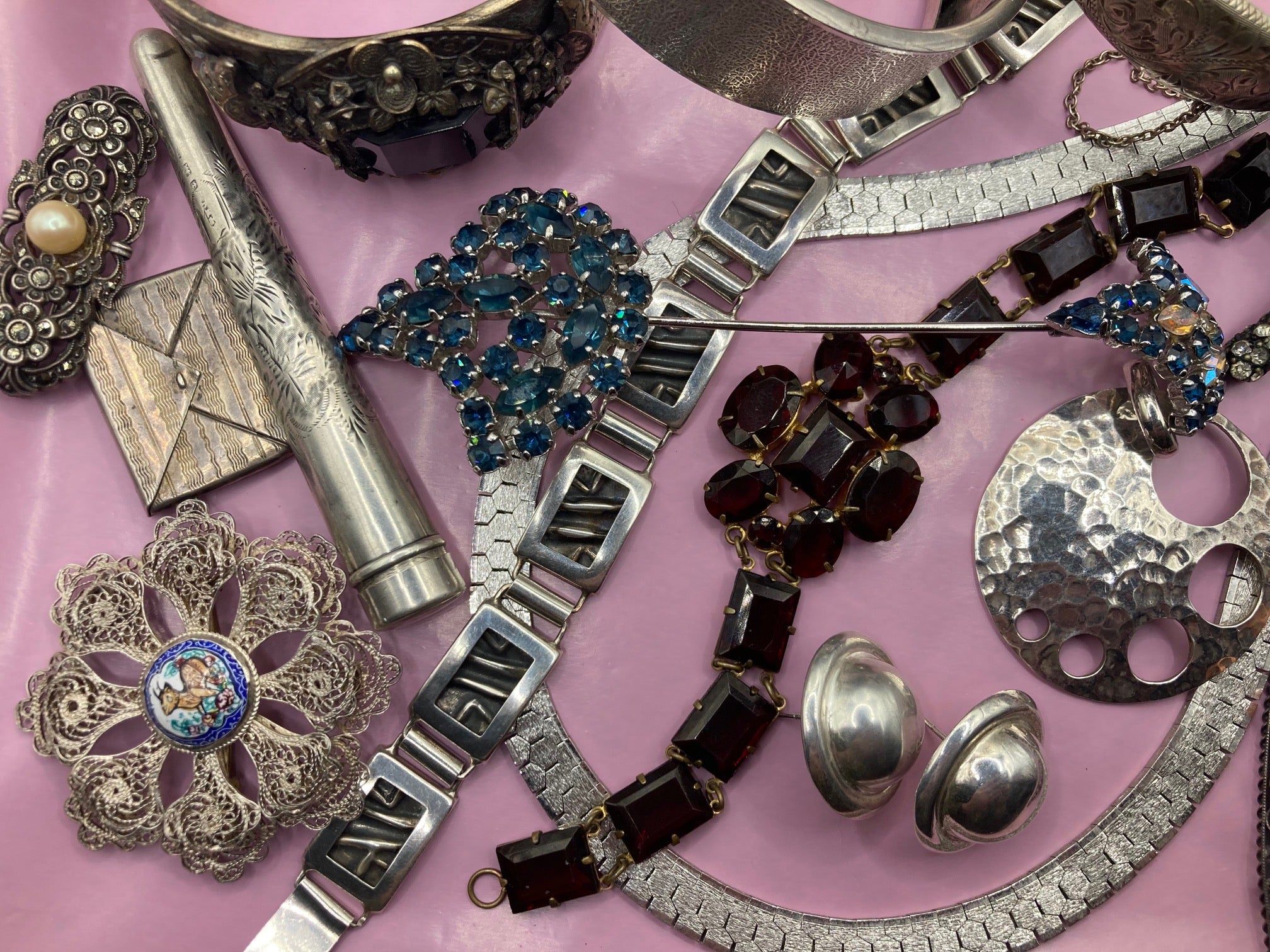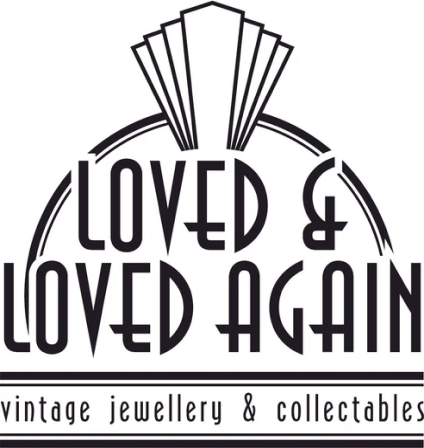Article: The History and Beginners Guide to Understanding English Hallmarks

The History and Beginners Guide to Understanding English Hallmarks
British hallmarks are a legally required set of markings that indicate the metal content and manufacturer of precious metal objects such as jewelry and silverware. They were first introduced in the 1300s and have been compulsory since 1973 under British law. Here are the key components of British hallmarks:
- Maker's Mark: This is a unique symbol or set of initials that identifies the person, company, or organization that made the item.
- Standard Mark: Indicates the metal content of the item. Different marks are used for gold, silver, and platinum, and the standard is given in parts per thousand (e.g. 925 means 92.5% silver).
- Assay Office Mark: This indicates which assay office tested and hallmarked the item. There are four assay offices in the UK: London, Edinburgh, Birmingham, and Sheffield.
- Date Letter: This mark indicates the year in which the item was hallmarked. Each year corresponds to a different letter of the alphabet, so it is possible to determine the age of an item by looking at the date letter.
In addition to these core marks, some items may also have commemorative or personal marks, such as a dedication or a family crest. Understanding British hallmarks is important both for identifying the authenticity and value of precious metal items and for protecting consumers from fraud and counterfeit goods.
My website is crammed full of hallmarked and continental silver jewellery - my passion for the 1970s Brutalist period keeps me hunting for these elusive modernist pieces , all of which I will share with you.
Love Karen at LALHQ
www.lovedandlovedagain.co.uk

